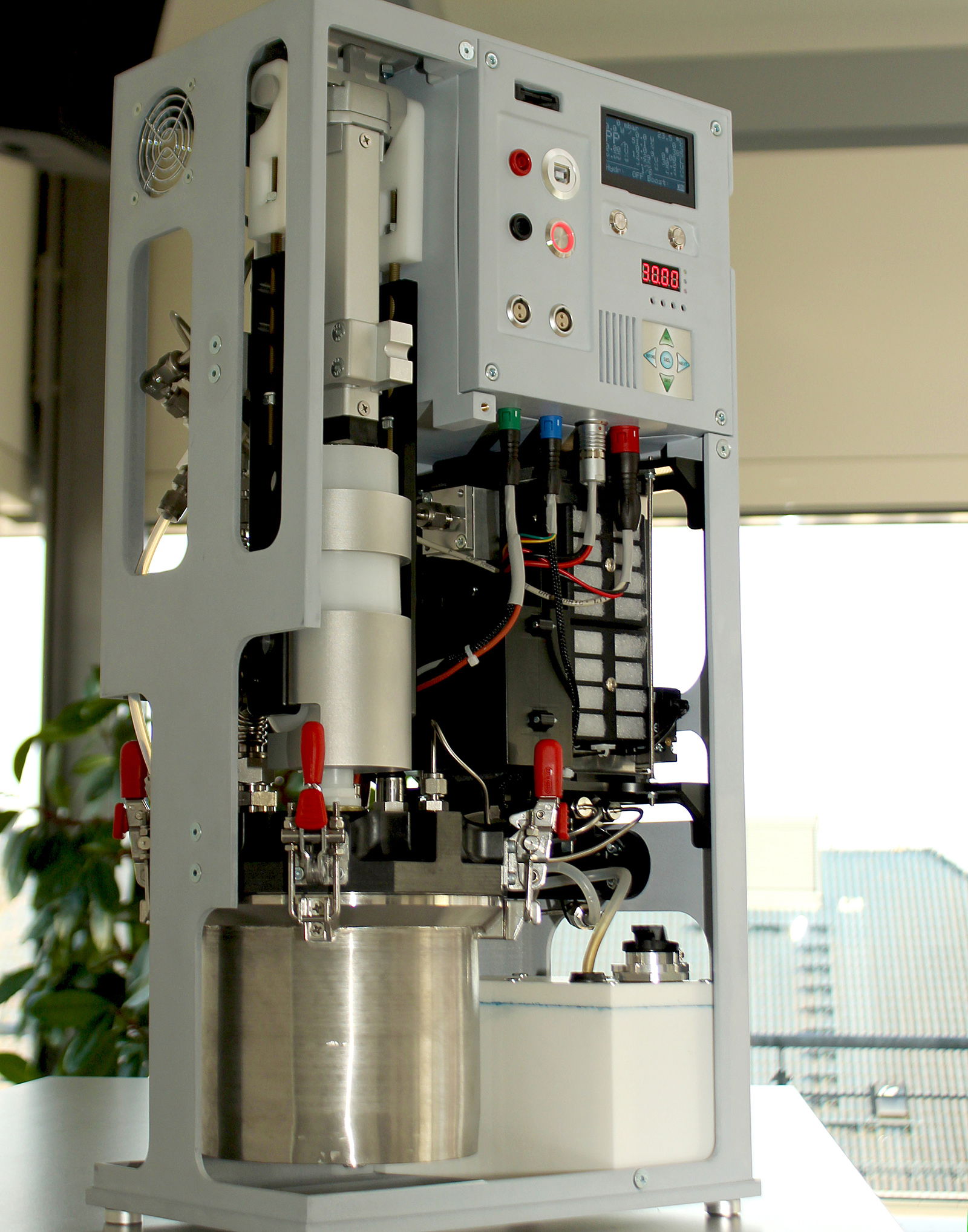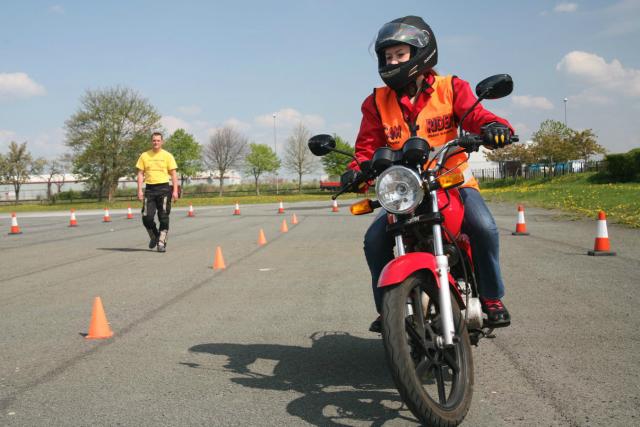Hydrogen Powerpaste goop, the future of fuel for motorcycles and scooters?
Powerpaste is a hydrogen-based fuel that has ten-times the energy density as a battery. Could this grey goopy paste be the future of power?

HYDROGEN based fuels have been in the works for quite some time, but the pressurised tanks required to store the fuel present a number of problems for motorcycles and scooters. Hydrogen is difficult to keep stable, whilst this Powerpaste is pretty docile in comparison, and therefore easier to handle and store prior to use.
German research organisation Fraunhofer-Gesellschaft have been investigating alternatives for hydrogen power with thought to the future of transportation, particularly for motorcycles and scooters in this case.
Here's a Harley-Davidson LiveWire Electric Motorcycle Review
Their research brought them to the issues of storing and refuelling with hydrogen. Cars with high-pressure tanks are already in use, but fitting that same pressurised tank on a motorcycle or scooter presents a few more problems and is simply not practical.
What is this hydrogen 'Powerpaste'?
Powerpaste is based on magnesium hydride, which is derived from magnesium as the starting element (one of the most abundant elements in the world). On its own, the magnesium hydride doesn’t provide much power, but it’s when you mix the paste with water from an onboard tank that it begins to create the hydrogen-derived electric power that we’re after.
This paste is compact, less-volatile and therefore much safer to store and transport - it only decomposes at 250ºC so can happily sit in a fuel tank - yet still contains the capabilities of hydrogen power when you need it. The energy density is ten-times that of a battery, and would provide power for ranges comparable to - or potentially even great than - our dear friend petrol.

Refuelling would be a simple case of pumping the paste into a tank, or replacing a cartridge, and then refilling the water tank. Only half of the hydrogen comes from the paste, the rest comes from the added water.
Refuelling does present an issue in terms of the infrastructure required to sustain vehicles dependent on the paste, as not all countries will be able to put up the number of stations needed, but these canisters could be sold at every petrol station due to their ease of storage - starting small and going up as demand increases.
What next for Powerpaste?
A production plant is being built at the Fraunhofer project centre capable of producing four tons of Powerpaste a year and is scheduled to go into operation this year.
.jpg?width=1600)
I’m no scientist, but the potential here is really intriguing. Whilst we all may want to hang on to our traditional combustion engines for dear life whilst we’ve still got them, the revolution of fuel is coming whether we like it or not - and an alternative to electric battery power is always worth investigating.
We can only explain it so far, but the possibilities here are huge. If this grey Powerpaste goop is the future of power, then you read it here first… For the full info, the research press release is here.

